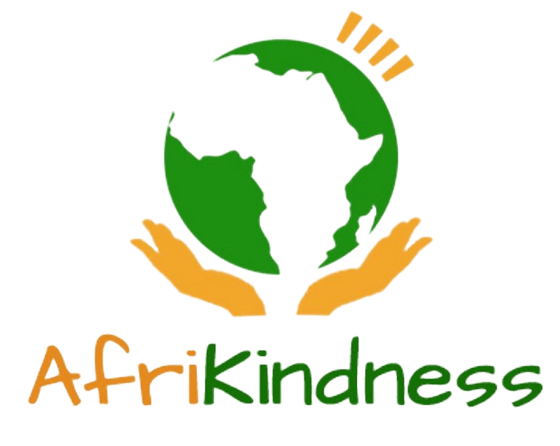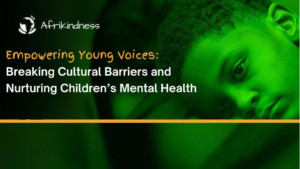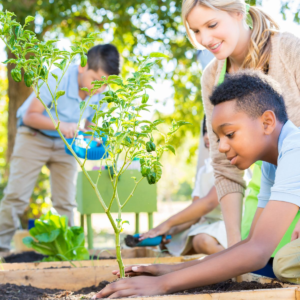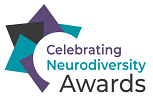
Exploring Cultural Diversity: Empowering Children to Embrace Differences
Did you know that our cultural backgrounds shape everything we think, say, and do? From our values and beliefs to our language and social norms, culture is at the core of our identities. Yet, its impact often goes unnoticed.
Culture is not explicitly taught but rather through observation, socialisation, and interactions with family, passed down through generations. It shapes not only our values and beliefs but also our gender roles, family structures, languages, how we dress, what we eat, social norms, attitudes towards disabilities, and even our expectations for how children should behave.
In today’s interconnected world, where borders seem to blur and diversity thrives, it becomes increasingly important to equip children with the tools they need to navigate and appreciate different cultures. As parents, educators, and guardians, we hold the key to nurturing a generation of global citizens who embrace cultural diversity. By fostering an environment of inclusion, curiosity, and understanding, we can empower children to celebrate the richness of our global tapestry and build bridges of empathy and respect.
Neglecting Diversity Discussions With Kids Could Foster Stereotypes and Biases
Children are naturally curious and observant, and without open conversations about diversity, they may draw their conclusions based on what they see around them, from their parents, peers, or even in the media.
When we don’t talk about differences in race, ethnicity, culture, religion, gender, and other aspects of identity, children may inadvertently develop stereotypes that perpetuate biases and reinforce social inequalities. These biases can become deeply ingrained and affect their interactions, beliefs, and decision-making as they age.
“Despite 33.5% of the school population in the UK originating from ethnic minority backgrounds, only 7% of all children’s books published in the UK between 2017-2019 contained characters from such cultures, and only 5% contained Black, Asian or Minority Ethnic main characters.”
Quote from The University of Manchester
However, engaging in ongoing and age-appropriate discussions with children allows for their deeper understanding and appreciation of cultural diversity to develop over time. As children grow older, these discussions can become more nuanced, enabling them to recognize the richness and value inherent in diverse cultures.
It is crucial to acknowledge that conversations about diversity should be continuous, adapting the level of complexity and detail to match the cognitive and emotional development of children. By tailoring our discussions to their age and maturity, we can ensure that children’s understanding of cultural diversity continues to evolve and deepen as they grow.
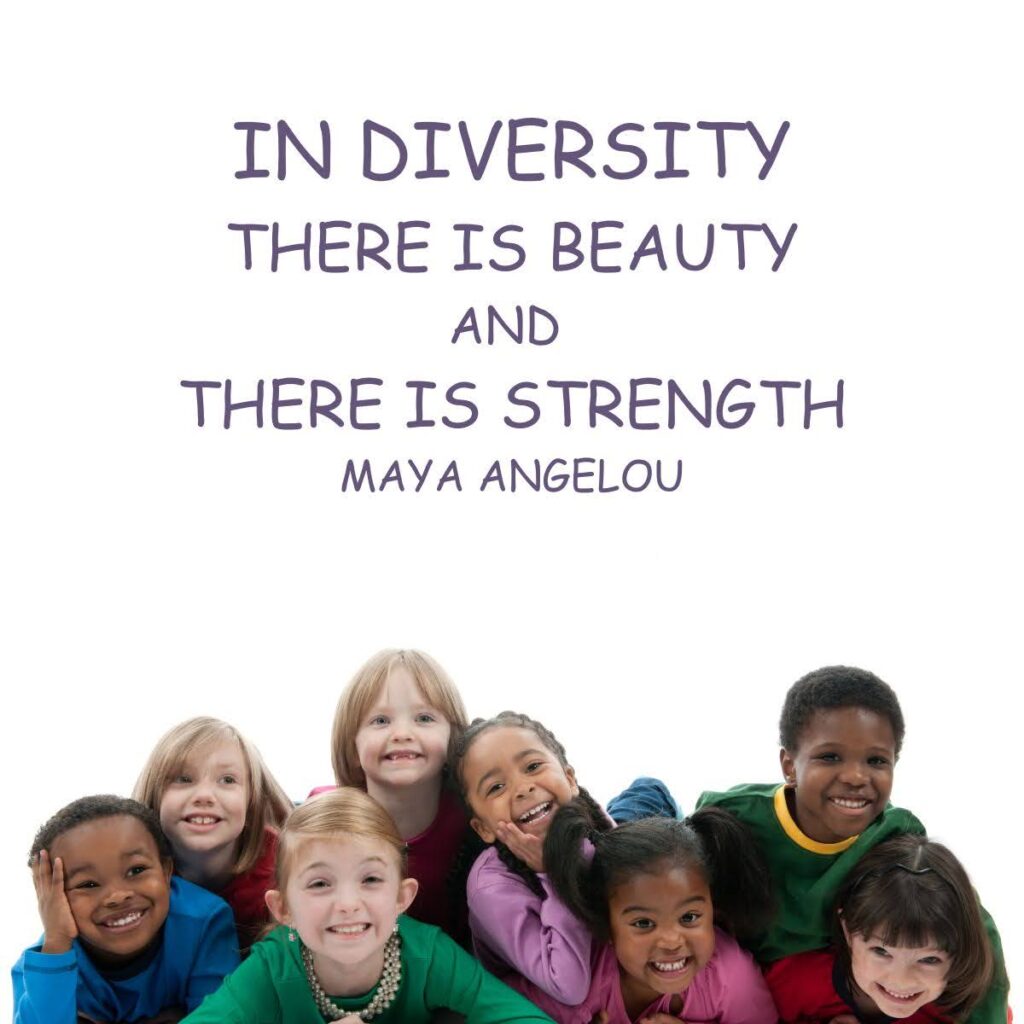
Why Is It Important to Teach Our Kids About Cultural Diversity?
Today many of us live in a world where multiculturalism exists. In our day-to-day lives, we co-exist with people from many different backgrounds and cultures. These societies encompass various races, religions, customs, traditions, perspectives, and values.
Educating children about the significance of cultural diversity offers numerous benefits as detailed below:-
Cultural Awareness and Respect
Learning about different cultures helps children develop an understanding and appreciation for the diversity of human experiences, traditions, and perspectives. An everyday life example of how to talk to children about cultural diversity is by making comparisons between people or things that are equally enjoyable. For instance, you can explain to children that Christians celebrate Christmas while Muslims celebrate Eid, and although they have different religious beliefs, both holidays are joyous occasions where families come together to celebrate and show love and kindness. You can highlight that just like Christians decorate Christmas trees and exchange gifts, Muslims decorate their homes and give presents during Eid.
When we emphasize the shared values and activities between these two religious celebrations, children can understand that different cultures may have different ways of expressing their beliefs, but they often share similar values and traditions.
Inclusion and Empathy
Engaging in conversations about diversity encourages children to develop empathy and the ability to relate to and understand others.
For example, when a child witnesses another child being bullied at school, it can be distressing for those who witness it. This can lead to feelings of unease and hostility, causing them to distance themselves from the victim as a defensive mechanism. These prejudices are often based on falsehoods and reinforce negative stereotypes.
However, by instilling the teachings of cultural diversity in our children, we can sow the seeds of emotional stability and empathy. Instead of resorting to bullying based on our differences, cultural diversity teaches them to embrace and celebrate the uniqueness of all individuals.

Global Perspective
Multicultural education broadens children’s horizons, enabling them to develop a global perspective. They gain a deeper understanding of the interconnectedness of our world and the interdependence of different societies.
Teaching kids about cultural diversity through mapping out the world is a fun and engaging approach. Start by introducing a world map and explaining the continents, countries, and oceans. Then, mark iconic landmarks from different countries, highlighting their cultural significance. Explore diverse traditions by identifying holidays and customs celebrated around the world and marking them on the map. Encourage children to research and learn about specific cultures, their languages, traditional clothing, music, and art forms. You can discuss famous figures from various backgrounds and mark their birthplaces on the map, emphasizing their contributions. Encourage children to reflect on similarities and differences between cultures, fostering appreciation and understanding.
Enhanced Communication Skills
Exposure to diverse cultures helps children develop effective communication skills, including active listening, cultural sensitivity, and cross-cultural communication. Watching movies and listening to music is a great way to expose kids to diverse cultures. You can pick movies and documentaries to watch that showcase different, traditions, and perspectives. Encourage them to pay attention to the language, customs, and settings depicted in the films. Afterwards, have a conversation about the cultural elements they watched and help them understand their significance.
Self-Identity and Self-Esteem
Talking to kids about cultural diversity can begin by exploring and teaching them about their own culture. Start by discussing your family’s heritage, traditions, and customs. Share stories from their cultural background, including important events, historical figures, or significant celebrations. Engage them in hands-on activities related to their culture, such as cooking traditional dishes, and learning traditional dances or songs. Encourage them to ask questions about their cultural roots and provide age-appropriate explanations. By instilling a sense of pride and knowledge about their own culture, children develop a foundation of understanding that can serve as a launching pad for exploring and appreciating other cultures.
Future Success and Opportunities
It is essential to teach children about cultural diversity so that they are prepared to thrive in a diverse workplace as they grow older. In today’s globalized world, workplaces are increasingly multicultural and diverse.
According to survey monkey, 85% of CEOs have said that having a diverse workforce has improved their bottom line.
Learning about cultural diversity from a young age prepares them to work effectively and collaboratively with individuals from diverse backgrounds. Moreover, cultural competence acquired through education about diversity equips children with the ability to navigate cultural differences, communicate effectively, and resolve conflicts in a multicultural setting.
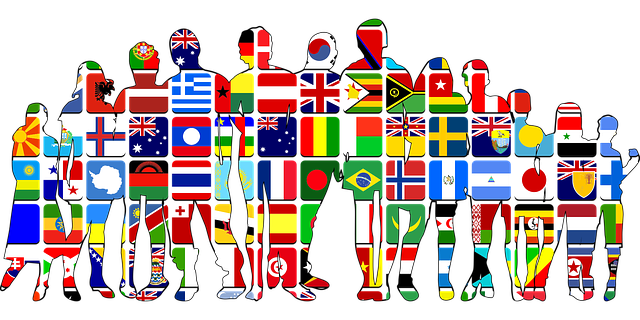
What Is the Best Age to Talk to Kids About Cultural Diversity?
Conversations about cultural diversity can begin from a young age as children are constantly learning and forming attitudes. Their receptive minds make them open to new ideas, allowing us to sow the seeds of understanding and acceptance early on. Introducing the topic during their nursery years seamlessly integrates diverse perspectives into their worldview.
Teaching Kids About Cultural Diversity
Parents may face challenges in teaching children about cultural diversity, such as navigating stereotypes, addressing potential biases, and finding age-appropriate resources to facilitate understanding. Additionally, they may encounter resistance from societal norms or misconceptions that hinder open conversations about diverse cultures.
How to Handle Challenging or Thought-Provoking Questions
As your child grows, you will likely encounter a variety of interesting and sometimes challenging questions.
- “Why does that man walk funny?”
- “Why am I different skin colour from my friends?”
- “Why do people say mean things to others?”
This is NORMAL. These inquiries should be encouraged and welcomed for two important reasons:-
- Firstly, these questions offer valuable insight into your child’s thoughts and understanding. They serve as feedback, indicating the extent to which your child grasps the main points discussed and how they have absorbed the new information. It is not uncommon for children to develop their interpretations or misconceptions, making it crucial to engage in open discussions to clarify any misunderstandings and provide guidance.
- Secondly, by asking these questions, children are actively filling in knowledge gaps and testing their reasoning skills. Although they may not be consciously aware of it, questioning fosters the development of critical thinking and logical deduction. It encourages children to explore cause-and-effect relationships, analyze different perspectives, and seek a deeper understanding of the world around them.
By embracing and addressing these questions, parents can create an environment that nurtures their child’s intellectual growth, encourages curiosity, and helps them become more confident in their ability to think critically.
Watch this video of Maryam telling a personal story about how showing kindness leads to an understanding of what Diversity and Inclusion mean. She states, “The way I dress shouldn’t matter how people view me in the world. Instead, we should be judged by our actions and character.”
Teaching kids about cultural diversity helps them develop a global mindset, appreciate various traditions, and learn the importance of inclusivity, promoting a harmonious and interconnected world.
Our Call to Action
Embrace the richness of diversity!
Encourage open conversations, share stories, and explore cultural experiences with your children. Together, let’s create a world where diversity is celebrated and understood.

